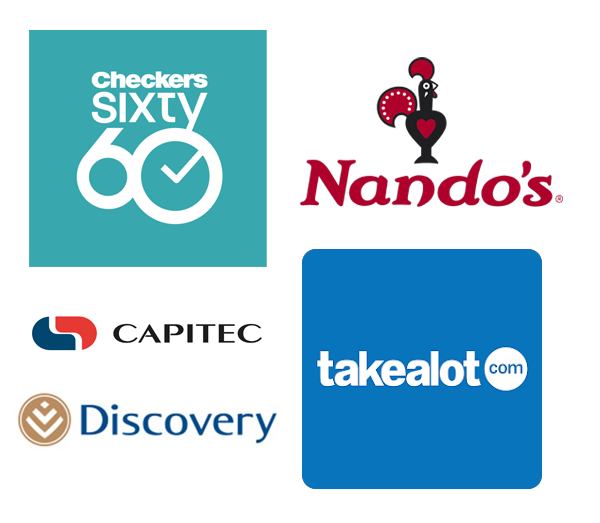The world is getting faster, messier, and harder to predict. For leaders in South Africa, this isn’t just a global reality—it’s a daily one. With economic fluctuations, load-shedding or water-shedding, regulatory shifts, and a workforce that’s changing by the minute, the “stick to what works” playbook won’t cut it anymore.
Today’s leaders needs agility—not just as a buzzword, but as a way of life. It’s about being adaptable, resilient, and prepared to turn change into opportunity. Here’s why agility is the secret sauce for leaders—and how you can start building it today.
Why Does Agility Matter So Much?
In South Africa, the business environment is a constant whirlwind: global market trends, local political shifts, unpredictable energy challenges etc. And let’s not forget how COVID-19 shook everything up. The companies that adapted quickly, like Checkers with their Sixty60 delivery service, not only survived but thrived.
Agility isn’t just reacting to change—it’s staying ahead of it. Businesses with agile leaders are often the ones that spot opportunities first, pivot strategies faster, and bounce forward stronger. In an unpredictable market, that’s the difference between thriving and surviving

What Does an Agile Leader Look Like?
Agility is a mix of mindset and action. Here are the five key traits that set agile leaders apart:
Adjust your expectations. Change isn’t the enemy—it’s the plan.
Try This: Next time you get bad news or hear about a mistake, pause before responding. How you respond sets the tone for whether your team feels safe. In the pause notice your facial expression, your body posture, your stance. What you look like SHOUTS much louder than what you say.
Break the silos. The best ideas come when people work together.
Ask Yourself: When was the last time you pulled people from different departments into the same room to solve a problem AND made it possible to hear from the different departments represented. Look for the quiet people, the voices you haven’t heard from, invite them in. Creating collaborative conversations requires someone to facilitate so that the loud, vocal, dominant personalities don’t overshadow the thinkers, the quieter ones, those slow to speak but fast to listen!
No one has all the answers—not even you.
Quick Tip: Share a book you’re reading, a podcast you love, or a lesson you’ve learned recently with your team. Show them you’re always growing and learning, which means you realise you don’t know everything and will likely make mistakes. This makes it safe for others to do like-wise.
Decisions don’t have to take forever.
Quick Tip: Trust your gut when it’s backed by good data. Waiting for perfect information can mean waiting too long and missing the moment. Your gut is informed by experience, education and exposure. Using informed judgement is balancing the need for data with gut instinct. Often action is better than inertia!
Know who you serve as well as you know what you serve.
Quick Tip: Gather feedback from your customers regularly. What worked last year might not work tomorrow.
Turning Agility Into a Team Sport
Agility isn’t just for you—it’s for your whole organisation. Here’s how to make it happen:
If your team is scared to fail, they’ll never take bold steps.
Pro Tip: When someone admits a mistake, thank them for their honesty. Then work together to fix it. Don’t start a witch hunt to find out who to blame!!!
If you’re not experimenting with new tools, why would your team?
Action Item: Try a new app or platform this week—then share what you learned.
Your team’s skills are your company’s future.
Ask Yourself: Are you the loudest cheerleader for training, mentoring, and learning? If not, why not?
Give people the power to make decisions.
Gut Check: Are you busy because you’re hoarding decisions? It’s time to delegate wisely and trust.
A resilient team starts with a resilient leader.
Quick Tip: Are you sleeping enough? Eating well? Moving your body? If you’re running on empty, your team will too.
Stories That Prove It Works
Agility isn’t just a nice idea—it’s been a game-changer for some South African businesses:
Takealot: Rapidly adapted to the growing e-commerce market and scaled operations to meet surging pandemic demand.
Checkers Sixty60: Swiftly capitalised on the demand for rapid grocery delivery with a user-friendly app and efficient logistics.
Discovery Limited: Expanded beyond its core business by leveraging data and identifying new market opportunities.
Nando’s: Successfully adapted its menu and marketing to local tastes while maintaining its brand identity for global expansion.
Capitec Bank: Disrupted the banking industry with a simpler model and embraced technology to enhance efficiency and customer service.

These are just a few examples of South African companies that have demonstrated high levels of agility in the recent past. Their stories illustrate that being adaptable, innovative, and customer-centric are key to staying competitive in today’s dynamic business environment.
A Quick Reality Check
Agility isn’t easy, if it was everyone would do it. We just need to think about traditional media outlets, retailers with slow e-commerce adoption and businesses clinging to outdated technology for examples. People resist change. Organisations get comfortable. Regulations complicate and sometimes restrict progress. But these challenges are opportunities to lead differently. Clear communication, strong inclusive & collaborative leadership, and a shared vision can help you break through.
Agility isn’t optional anymore. It’s what separates leaders who thrive from those who get left behind. By embracing change, empowering your team, and staying customer-focused, you’ll not only survive in a challenging market—you’ll lead the way.





